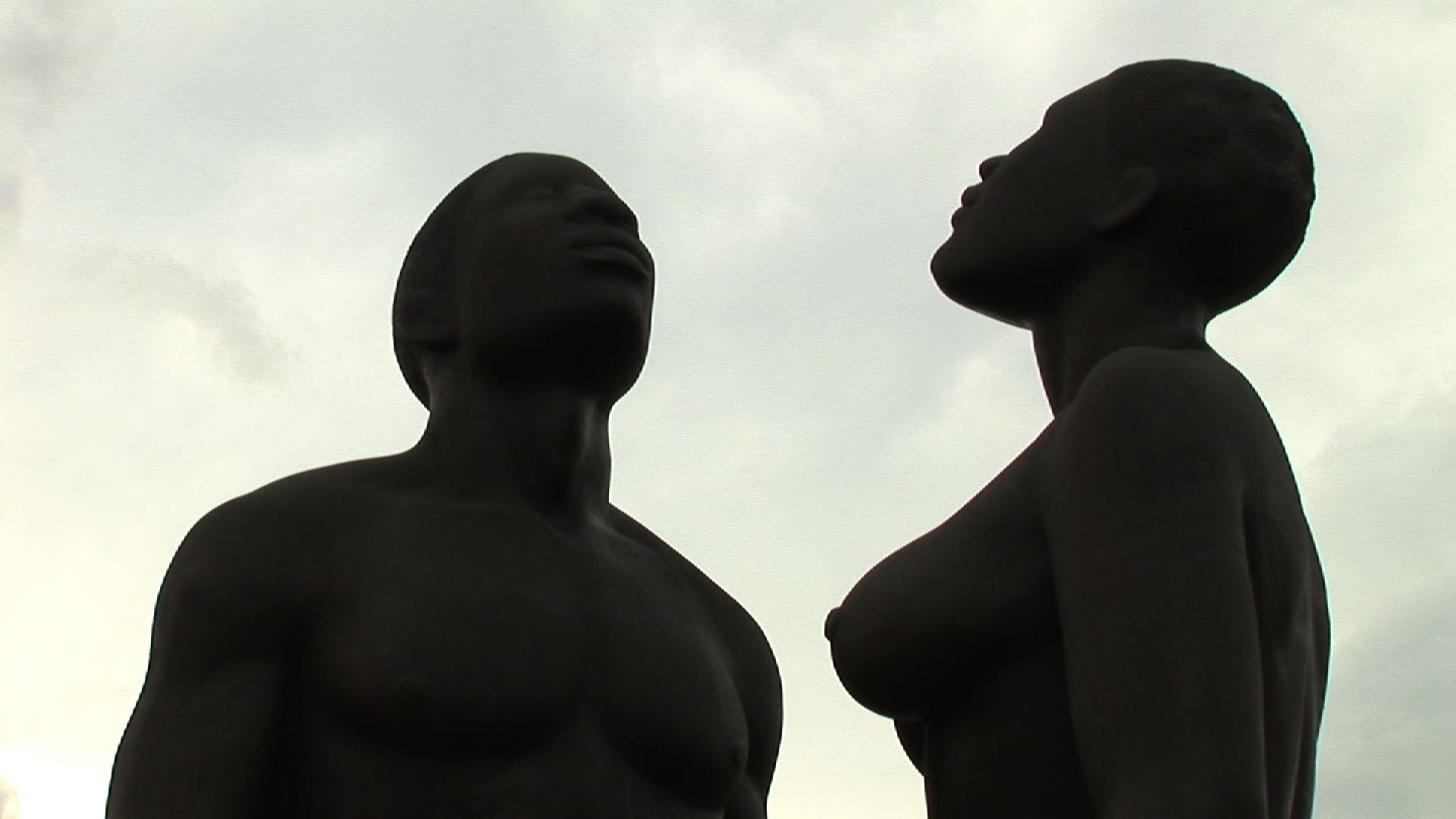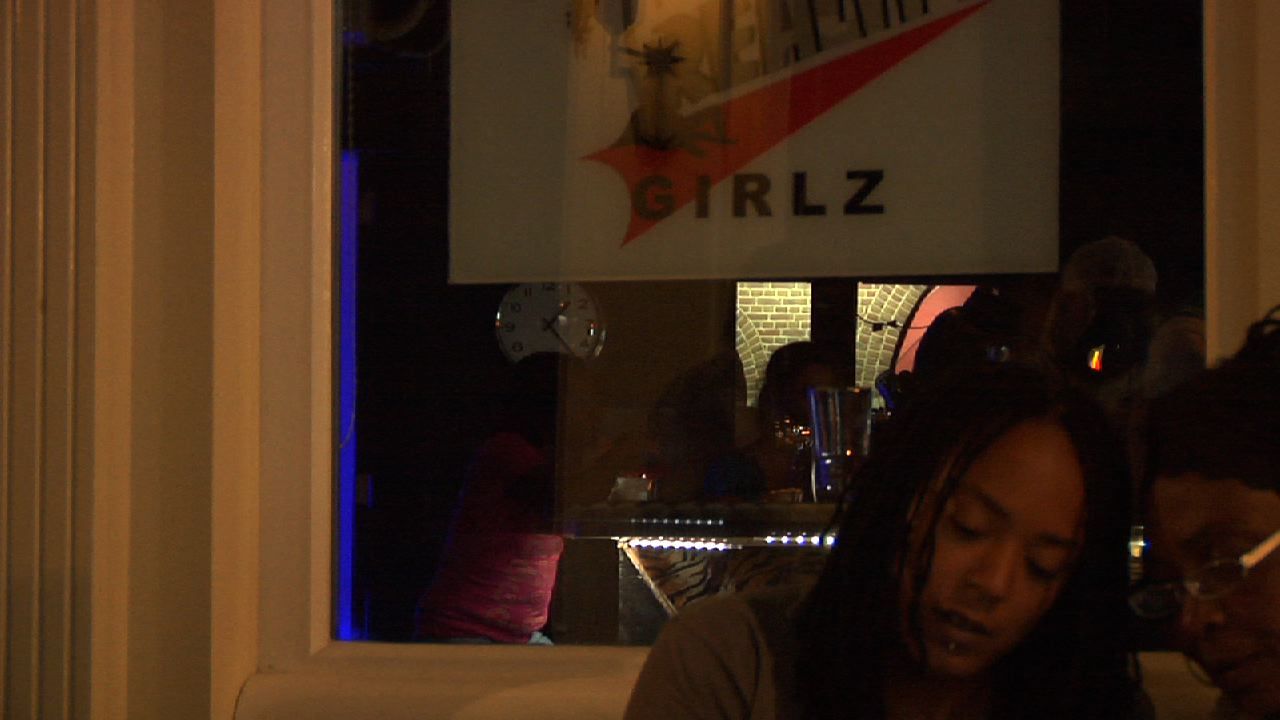While reporting for his project "Glass Closet: Sex, Stigma and HIV/AIDS in Jamaica" in 2009, Pulitzer Center journalist Micah Fink met Simone, an outspoken young lesbian from Jamaica. She had been brutally attacked by a group of anti-gay individuals and was hiding in a safe house with her daughter Khayla, planning to apply for asylum in the U.S. Being known as a homosexual is essentially a death sentence in Jamaica. But unlike many Fink had interviewed, Simone agreed to share her stories on camera—albeit with one condition: The film had to be broadcast after she had escaped from her country. Simone's request for an American visa was later denied, however, and her story was left untold.
Finally, the Netherlands granted Simone asylum, though she needed to leave her daughter behind. Simone now lives half an hour south of Amsterdam at Camp Crailo, a former military base with an approach still lined by high wire fences. Despite a crowded dorm room equipped with only four narrow metal cots, a slender metal locker and a small refrigerator, Simone is glad to have escaped the terror she knew in Jamaica. The camp's buildings are clean and open with little restrictions that would prevent occupants from exploring the country. Several hundred refugees here have come from different parts of the world, exposing Simone to new lifestyles which, for her, have been quite an education.
| Attachment | Size |
|---|---|
| 22.43 KB |





















